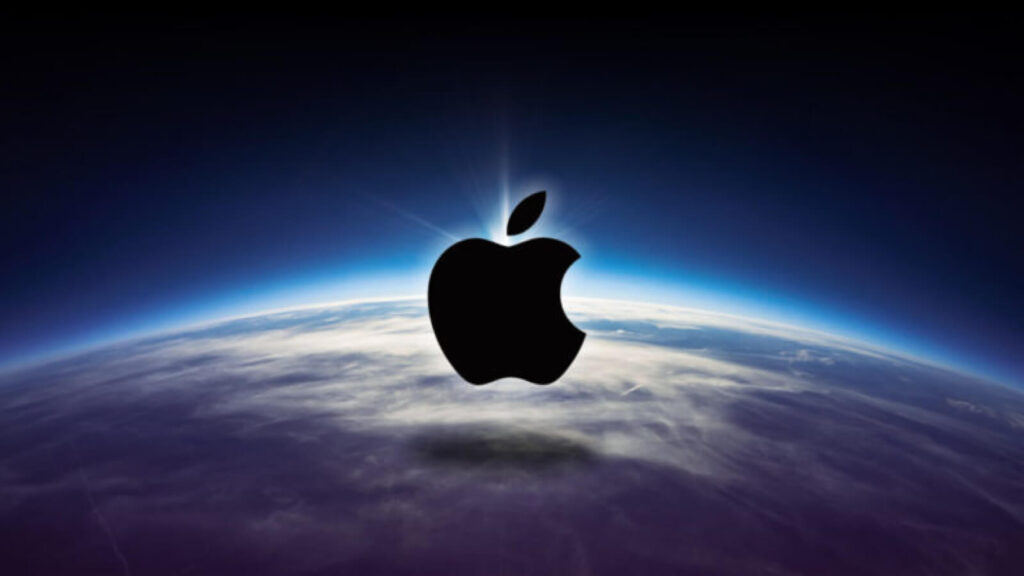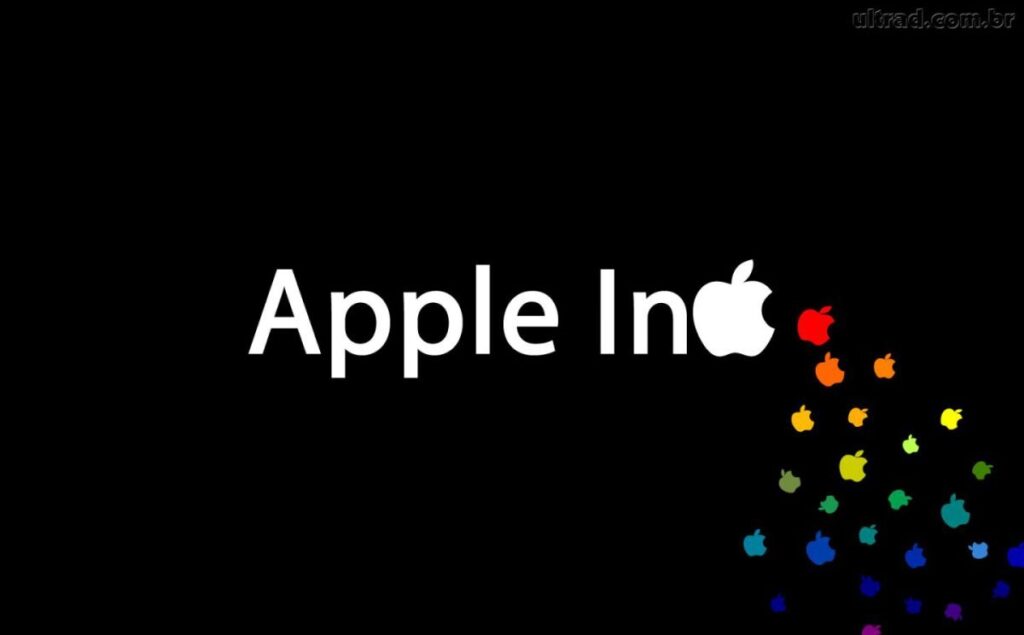Successful business expansion demands more than a one-size-fits-all approach in an increasingly interconnected global marketplace. As one of the most recognizable and influential technology giants, Apple has mastered the art of tailoring its business strategies to suit the unique characteristics of various markets and cultures around the world.
The journey from a garage startup to a trillion-dollar enterprise has been marked by groundbreaking technological innovations and a remarkable ability to adapt its products, marketing, and operations to resonate with diverse audiences.
This article delves into the fascinating realm of how Apple has navigated the complexities of global business, examining the key strategies the company has employed to capture the hearts and minds of consumers worldwide. So, let’s go!
Maintain a Consistent Brand Across Cultures
Apple has long been praised for maintaining a consistent brand identity across various cultures and regions while resonating with local audiences. The company employs several strategies to achieve this. Apple’s core brand values, such as innovation, simplicity, and user-centric design, remain consistent across cultures. These values are universally understood and appreciated, allowing the brand to connect with people regardless of background.
Moreover, Apple products feature a sleek, minimalist design that transcends cultural boundaries. The iconic Apple logo, clean lines, and premium materials create a consistent and recognizable look that resonates globally.
While Apple maintains a consistent visual identity, it understands the importance of adapting its messaging and content to fit local languages, customs, and preferences. This ensures the brand’s communication remains relevant and relatable in each market.
Apple’s marketing campaigns often focus on universal human experiences and emotions, such as creativity, connection, and empowerment. The company can create campaigns that resonate across cultures by tapping these shared sentiments. In addition, Apple demonstrates cultural sensitivity by avoiding controversial or offensive content that could alienate certain audiences. The brand prioritizes inclusivity and respects local norms and values.
Use Localisation to Support a Consistent Brand and Customer Experience

Source: silktide.com
Apple employs localization strategies to ensure a consistent brand and customer experience while tailoring its products and services to different regions’ unique preferences, languages, and cultural nuances. By embracing localization, Apple maintains its global brand identity while fostering a sense of familiarity and relevance among local audiences.
The company recognizes the importance of communicating with customers in their native languages. This involves translating software interfaces, user manuals, marketing materials, and customer support resources. By speaking the local language, Apple ensures that customers can fully engage with its products and understand its messaging.
Apple adapts its marketing campaigns and content to align with local customs, traditions, and cultural references. This approach helps create an emotional connection with customers and demonstrates that Apple understands and respects their cultural context.
Besides, Apple localizes its product offerings to cater to specific regional preferences. This could include providing different app recommendations, highlighting region-specific content, or adjusting product features to align with local consumer habits and needs. Pricing is tailored to each market’s economic conditions and purchasing power, ensuring that Apple products remain competitive and accessible while reflecting local pricing norms.
Use Customised Content to Make Customers Feel Appreciated
Apple effectively uses customized content to make customers feel appreciated and enhance their brand experience. Personalized and tailored content creates a sense of connection, relevance, and individuality, strengthening the bond between Apple and its customers.
Apple uses customer data and behavior to provide personalized recommendations for apps, music, movies, and other content through services like the App Store, Apple Music, and Apple TV. By suggesting content that aligns with customers’ preferences and interests, Apple helps them discover new experiences they will likely enjoy.
What’s more, Apple allows customers to personalize their devices through various options. This customization lets customers make their Macbooks, iPhones, iPads, and other equipment uniquely, creating a stronger emotional attachment to the brand. In addition, the company provides different parts like Macbook Air a1466 hard drive and others, localized content, and services that cater to different regions and languages. This includes offering region-specific apps, news, and entertainment that resonate with local cultures and preferences.
Keep Marketing And Products Simple

Source: bohatala.com
Apple is renowned for its commitment to simplicity in its marketing efforts and product design. This dedication to simplicity has become a hallmark of the brand and has played a significant role in its success. The manufacturer offers a focused and curated range of products, which helps customers make choices more easily. By avoiding an overwhelming array of options, Apple ensures that customers can quickly identify products that suit their needs.
Apple’s product design adheres to a minimalist philosophy, featuring clean lines, simple shapes, and a lack of extraneous ornamentation. This approach creates an elegant aesthetic and makes products more intuitive and user-friendly.
The company’s software interfaces are designed with user experience in mind. The user interfaces are intuitive, straightforward, and consistent across devices and applications, minimizing complexity and making it easy for users to navigate and interact. Overall, the company strategy turns to simplicity at each stage.



